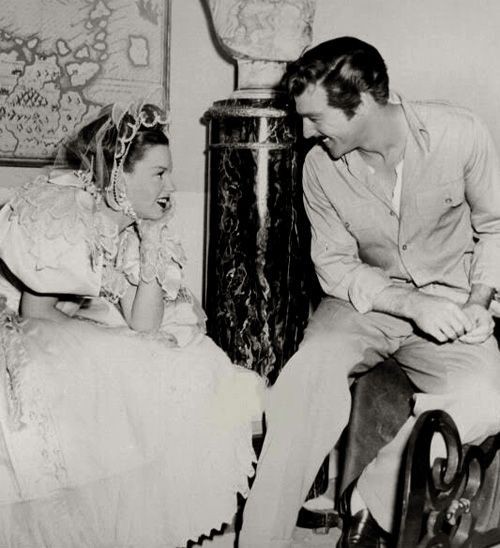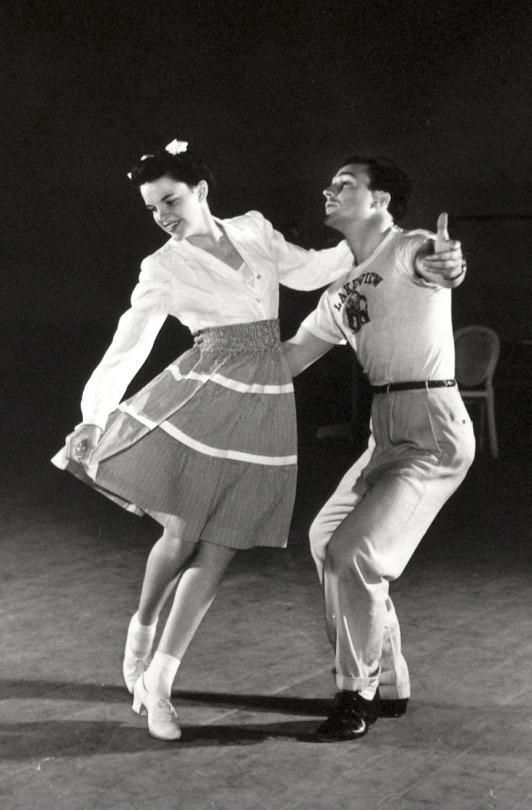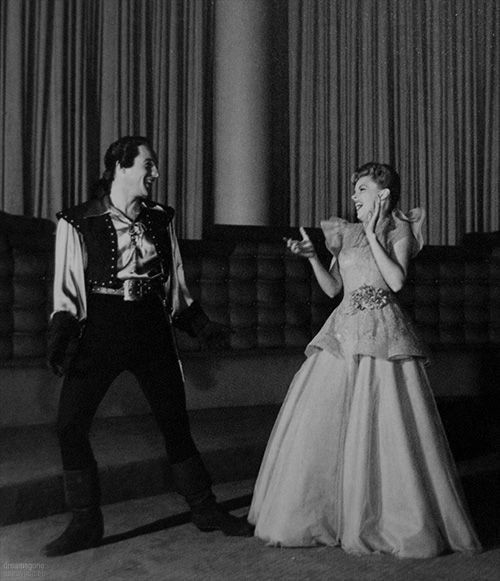
purplcx
285 posts
Latest Posts by purplcx

James Cagney and Fredric March

New York overwhelmed me. For the first few weeks I only strayed a couple of blocks from my hotel off Times Square. I would see three movies a day in an attempt to escape my loneliness and depression. I spent $150 of my limited funds just on seeing movies. - James Dean







THE 400 BLOWS 1959, dir. François Truffaut









FAVORITE CLASSIC FILM PERFORMANCES
Bette Davis as Charlotte Vale in NOW, VOYAGER (1942) dir. Irving Rapper
Oh, Jerry, don't let's ask for the moon. We have the stars.
Wish Tumblr existed in the late 1920s because I'm sure the silent vs sound film discourse would've been glorious

Buddy Holly's last picture by Mary Haukoos (Gerber).

Buddy Holly
what if I wasn’t tired all the time imagine the possibilities

shoutout to the nightbloggers all my homies love nightbloggers










"I decided I was not going to be one of these people. I wasn't going to mind if I gained weight or got wrinkles, because I could use my brain. And as long as I could use my head, it wouldn't matter how I looked." - Thelma Todd








"As Cora, Lana was costumed throughout in a stark white wardrobe. Her hair was a snowy white as well, and against a deep suntan she acquired for the role, the effect was startling. At the time, Life predicted Lana's all-white wardrobe would 'become historic.' More recently, director Garnett recalled the incentive for this striking conversation piece: 'The white clothing was something that Carey (Wilson) and I thought of. At that time there was a great problem of getting a story with that much sex past the censors. We figured that dressing Lana in white somehow made everything she did seem less sensuous. It was also attractive as hell. And it somehow took a little of the stigma off everything that she did. They didn't have 'hot pants' then, but you couldn't tell it by looking at hers.' "The 'hot pants' referred to by Garnett was actually a two-piece playsuit designed by MGM's Irene and her associate, Marion Herwood Keyes. It was so effective at the time that it helped popularize the vogue for women's shorts. This is the outfit that Cora is wearing when she makes her first breahtaking entrance into the film. The scene begins as a lipstick rolls across the floor. Frank Chambers (Garfield) stoops to retrieve it and his eyes hit upon a figure in the doorway. At first glance, it appears to be an apparition. The camera slowly scans the figure from her white high heels, up her slim naked legs, to her white form-fitting shorts and well-filled blouse. Finally, it settles on her face and her lush, platinumed hair, so perfectly encased in a white turban." -Lou Valentino
LANA TURNER in THE POSTMAN ALWAYS RINGS TWICE — 1946



James Dean photographed by Dennis Stock, Fairmount, IN, 1955




"Judy and I used to laugh all the time when we worked together so she used to be a very gay and gloriously funny girl ... i like to say that because everybody after her death is always calling me - some journalist - and say 'what a tragedy' but she usually brought joy to everybody, and in her early days was a glorious gay girl"






The Women (1939) dir. George Cukor





Paul Newman as Brick Pollitt CAT ON A HOT TIN ROOF (1958), dir. Richard Brooks










“The very best screenplay I was ever sent was `Double Indemnity.’ It’s brilliant, but what’s amazing is that not one word was changed while we were shooting. Billy had it all there, and I mean all - everything you see on the screen was in the script. The moves, the business, the atmosphere, all written. When I mention `atmosphere’ in `Double Indemnity’ - that gloomy, horrible house the Dietrichsons lived in, the slit of sunlight slicing through those heavy drapes - you could smell that death was in the air, you understood why she wanted to get out of there, away, no matter how. And for an actress, let me say that the way those sets were lit, the house, Walter’s apartment, those dark shadows, those slices of harsh light at strange angles -all that helped my performance.” — Barbara Stanwyck






"Mother's connection with her fans was special. On the whole, their devotion to her, even when the headlines were unflattering, didn't waver. In fact, her ups and downs seemed to endear her to them all the more. They saw that she had her problems, too. There were some stars that seemed unreal, but for all her glamour, Mother retained an approachable side that her fans sensed. I think she was seen by them as Cinderella, who through a combination of luck and beauty of face and form, landed in movies. These qualities, combined with her personality, were embraced by the public and produced an enduring star.
"For her part, Mother respected her fans and recognized that the public makes a star. From the time she was very young, she appreciated the fan letters sent to her from people all over the world. In the beginning she read and answered as many pieces of mail as she could herself, but it quickly got out of hand and had to be managed by studio personnel. During a nine-month period in 1944 in which MGM monitored the fan letter flow to each of the stars, Mother and Judy Garland were shown to be ahead of the rest by far, each receiving close to 200,000 letters. After she left the studio, Mother hired a personal secretary for the first time and she dedicated a certain part of every day to signing photos, reading the mail, and dictating responses to her secretary. She took this very seriously. There were rare occasions when she was scared by a bizarre fan, but more commonly, there were special fans with whom she became comfortable enough to strike up regular correspondence, or even make telephone friends." -Cheryl Crane
LANA TURNER in THE YOUNGEST PROFESSION — 1943





I've been just a big sentimental fool. It's a tendency I have. Bette Davis as Charlotte Vale in Now, Voyager (1942) dir. Irving Rapper










The Phantom of the Opera (1925), dir. Rupert Julian






“Vivien has a body of swansdown and the constitution of a GI on leave.” -Noël Coward
VIVIEN LEIGH in WATERLOO BRIDGE — 1940

Anthony Perkins 1960.

A teenage boy in Des Moines, Iowa, 1945. Photo taken by Nina Leen.






Peter Pan (1924) Directed by Herbert Brenon

Good dialogue simply isn’t enough to explain all the infinite gradations of a character. It’s behavior—it’s what’s going on behind the lines.





